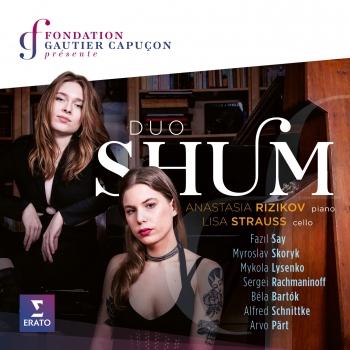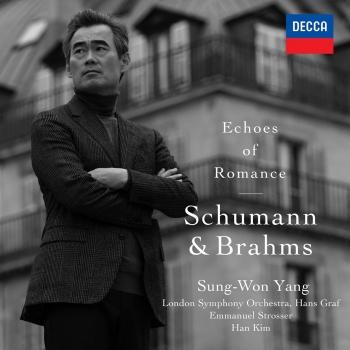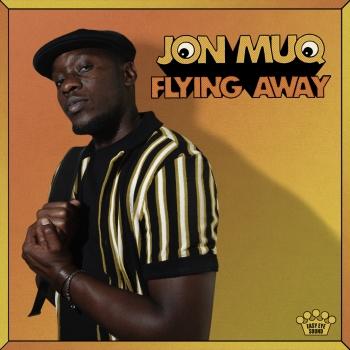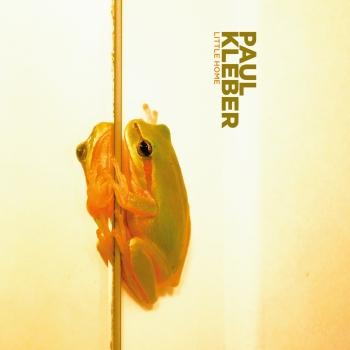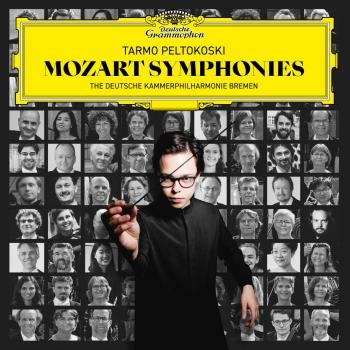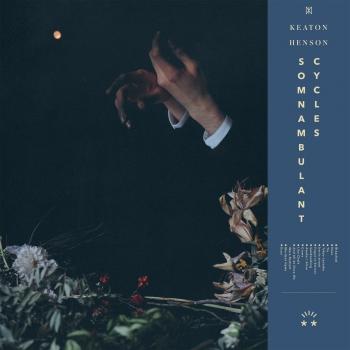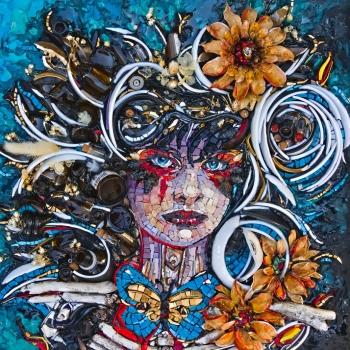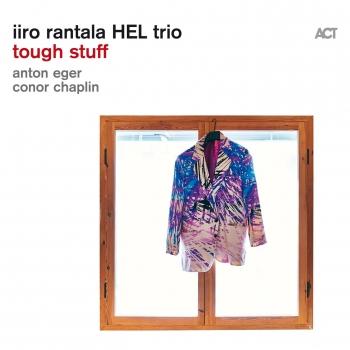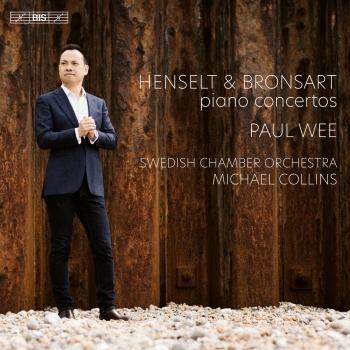
Crystal Palace Ernst Reijseger
Album info
Album-Release:
2014
HRA-Release:
03.06.2014
Album including Album cover
I`m sorry!
Dear HIGHRESAUDIO Visitor,
due to territorial constraints and also different releases dates in each country you currently can`t purchase this album. We are updating our release dates twice a week. So, please feel free to check from time-to-time, if the album is available for your country.
We suggest, that you bookmark the album and use our Short List function.
Thank you for your understanding and patience.
Yours sincerely, HIGHRESAUDIO
- 1Crystal Palace I03:51
- 2Crystal Palace II02:03
- 3Crystal Palace III02:01
- 4Crystal Palace IV03:26
- 5Crystal Palace V04:01
- 6Crystal Palace VI02:14
- 7Crystal Palace VII01:50
- 8Crystal Palace VIII01:27
- 9Crystal Palace IX01:51
- 10Crystal Palace X02:09
- 11Crystal Palace XI02:55
- 12Crystal Palace XII04:21
- 13Crystal Palace XIII03:14
- 14Crystal Palace XIV01:29
- 15Crystal Palace XV02:24
- 16Crystal Palace XVI03:17
- 17Crystal Palace XVII03:20
- 18Crystal Palace XVIII04:21
- 19Crystal Palace XIX03:01
- 20Crystal Palace XX03:23
- 21Crystal Palace XXI01:57
- 22Crystal Palace XXII01:45
- 23Crystal Palace XXIII01:04
- 24Crystal Palace XXIV03:27
- 25Crystal Palace XXV01:32
- 26Crystal Palace XXVI01:55
- 27Crystal Palace XXVII02:13
- 28Crystal Palace XXVIII01:30
Info for Crystal Palace
The improvised cello suite by Ernst Reijseger. The state gallery of modern art in Augsburg's Glaspalast (Crystal Palace), a branch gallery of the Pinakothek der Moderne in Munich, hosts in 2013 a comprehensive exhibition of the works of the German-American painter Jerry Zeniuk. In this place – inspired by a world of pictures – Ernst Reijseger records his solo programme „Crystal Palace“.
The musician Ernst Reijseger and the painter Jerry Zeniuk know each other since the mid 90s. This encounter turns out to be an extraordinary constellation. Both artists deal with painting as well as music. Jerry Zeniuks connection with music is closely linked to his work as a painter. Many of his pieces are made while listening to music. Zeniuk carries the abstraction on, concentrates on the basic elements, leaves only the absolute necessary and creates new space with colours. Ernst Reijseger originally comes from the free jazz and seems to prepare in his work the return to tonality. He plays with the elements of melodies, rhythms and cadences and works with the room, concentrates on simple effects, in order to reach out to his listeners.
Reijseger lets himself be inspired by the images. His improvisations are sensitive and tender, some miniatures seem to explode and flow into new parts with catchy melodies inviting to hum along. A thrilling experiment, with Ernst Reijseger's music not being played after a score but according to the colours of Jerry Zeniuk.
The recording is done in an outstanding way. One microphone that works like the ear, our most sensitive sensory organ, records all audible perceptions directly to an analog tape. 7 x 4 = 28 single works (miniatures) are created for the album „Crystal Palace“, sounds full of colour.
Ernst Reijseger, cello


 Ernst Reijseger - Cello and composer
Ernst Reijseger - Cello and composer
Ernst Reijseger (1954) started to play the cello at 8 years old. Quite early in his life he became rapidly fascinated by the diverse musical formes and styles in the world available for Dutch listeners. He played/recorded a.o. with: Sean Bergin, Martin van Duynhoven, Derek Bailey, Alan Purves and Franky Douglas. Was member of the Theo Loevendie Consort, the Guus Janssen Septet, the Arcado Stringtrio, with Michael Moore and Han Bennink in Trio Clusone, Misha Mengelberg’s Instant Composers Pool , the Gerry Hemingway quintet and Yo Yo Ma.
In 1985 he received the Boy Edgar prize. The award highly regarded by potential Dutch audience in the Netherlands and higly appreciated by its receiver.
In 1995 he received the “Bird-Award” during the Nordsea Jazz Festival.
Ernst Reijseger playes duo with Franco d Andrea piano, Louis Sclavis, cl ssax Stian Carstensen , acc, banjo, guitar, mandoline,kaval and trio with the Amsterdam String Trio, Stian Carstensen and drummer Jarle Vespestadt , Trio with Eric Vloeimans, trumpet and Anton Goudsmit, Guitar and duo with Senegalese singer Mola Sylla, trio with Mola Sylla and percussionist Serigne Gueye, also from Senegal and regulary does concerts with Alan Purves in duo or in combination with Trad. Singers from Sardenia, the Tenores e Concordu de Orosei.
Projects Ernst Reijseger participates in are f.i. : A Tango/PostTango project with WDRbigband Köln With Music from Gerardo Gandini/comp/dir and Bandoneonist Nestor Marconi or a project called Barana & Co with Dutch ,virtuoso Turkish musicians and a Drummer/percussionist from Iran.
Ernst Reijseger writes music for Film and Documentarys. His written music is performed by wellrespected cellist Larissa Groeneveld and pianist Frank Van de Laar with reijseger as third ‘free agent’. At the moment he also plays a different duoprogram of his music in combination with classical cellist Jeroen den Herder. He often plays soloconcerts.
Apart from “Concerts for Adults” he likes to spend time playing for children, in schools and theatres, and does occasional “cello-workshops.
Mola Sylla, who came to Amsterdam in 1987 from Dakar and has been living in Holland ever since, plays thumb-piano and flutes. He sings mostly in Wolof, a language which has survived alongside French and which is spoken by 90% of the Senegalese. He looks to his country’s history, Moslem brotherhoods and historic figures such as Cheikh Achmadou Bamba, whose spiritual force grew stronger during his forced exile. His liberal follower Ibra Fall is also in the picture, as is the eminent scholar who gave his name to Dakar’s university, Anta Diop. He also sings about the taking of the old capital, Ndar, and loneliness in Europe, about certitudes and mourning, about the grandson of the Prophet Mohammed, and about the hopeless waiting after foreigners who never keep their word. He sings about that which is, about reassembling it and moving it around.
Ernst Reijseger is the ideal partner for such encounters, as he has demonstrated wonderfully in his collaboration with Voches de Sardinna. His extraordinary joy of playing, cunning humour and astounding dexterity are inseparable and never shown off. This project is the result of an encounter between two worlds which can now create together in unforeseeable directions. A percussive, touching dialogue charged with energy which makes it clear that communication is possible. It is not without reason that this dialogue between cultures is dedicated to Ernst Reijseger‚s daughter Janna who, like her grandfather before her, looks at us and frowns
Nederlands Kamerkoor
No purer sound than the human voice, and no vocal ensemble whose sound has to be more precisely measured and balanced than a chamber choir. The Nederlands Kamerkoor knows a thing or two about that, having been a top-class chamber choir for decades. Their field of activity encompasses the entire chamber choir repertoire, from medieval to contemporary and from a cappella to accompanied. The choir is an independent organisation, not attached to an opera or broadcasting company. As well as putting on its own concert series in a number of Dutch cities, the choir regularly collaborates with ensembles such as the Royal Concertgebouw Orchestra, the Asko/Schönberg Ensemble and the Orchestra of the 18th Century.
In 1937 the choir’s founder Felix de Nobel assembled a chamber choir which consisted of a number of young soloists. After the Second World War he re-formed the choir. Within a few years he had created a homogeneous ensemble in which the voices blended with each other and coalesced into a genuine chamber choir sound. Invitations from foreign festivals and from the Holland Festival followed. Having initially proposed a modest subsidy, the Dutch government followed this in 1965 with a structural one. Among the artistic highlights of this period are the multiple tours of the United States and the Holland Festival opera productions conducted by Carlo Maria Giulini.
When in 1972 Felix de Nobel laid down his chief conductor’s baton, a period of exploration ensued. The choir was ready for some innovation, and achieved this by working on a project basis with specialists in various fields. Conductors such as Leonhardt, Harnoncourt, Christie and the choir’s Flemish honorary guest conductor Paul Van Nevel, now an indispensable element in their programming, helped create for the choir a new reputation as interpreters of early music. At the same time, conductors including Ed Spanjaard and Reinbert de Leeuw led the choir in pioneering performances of contemporary music.
In 1987 another chief conductor was appointed. Uwe Gronostay from Germany used his speciality – the Late Romantic repertoire – to hone the choir’s sound to perfection. His successors also set their stamp on programming: the Estonian conductor Tõnu Kaljuste with attractive choral music from Eastern and Northern Europe, Stephen Layton with stimulating combinations of British and French repertoire. There then followed another period without a chief conductor.
How multifaceted the Nederlands Kamerkoor is these days is demonstrated not only by the programmes in its own subscription series, but also by its many collaborative projects and premières of works it has commissioned. Among the composers who have written for the choir are Sir John Tavener, Giya Kancheli, Harrison Birtwistle, Mauricio Kagel, Karin Rehnqvist and Edith Canat de Chizy, as well as Dutch composers including Jan Vriend, Elmer Schönberger, Micha Hamel and Joost Kleppe. In many of the works, singers from the choir are given solo roles, proving again and again the enormous versatility of the individual choir members. Permanent guest conductor Peter Dijkstra and choirmaster Klaas Stok play a significant part in the preparation and performance of the very demanding repertoire in which the choir is well versed.
The Nederlands Kamerkoor has released some seventy-five CDs, several of which have been awarded an Edison or a Diapason d’Or. In recent seasons, tours have taken the ensemble to countries such as France, the United States, Canada, Spain and Poland. With unusual programmatic formulas, such as a semi-staged evening of Burt Bacharach songs arranged for chamber choir, or a programme of psalms in the synagogue of the Liberal Jewish Community of Amsterdam, the choir continues its process of rejuvenation. To watch over this process, and over the preservation of the precious chamber choir culture so characteristic of the NKK, the 2011-2012 season sees the arrival of a new chief conductor: the youthful Risto Joost from Estonia.
This album contains no booklet.

